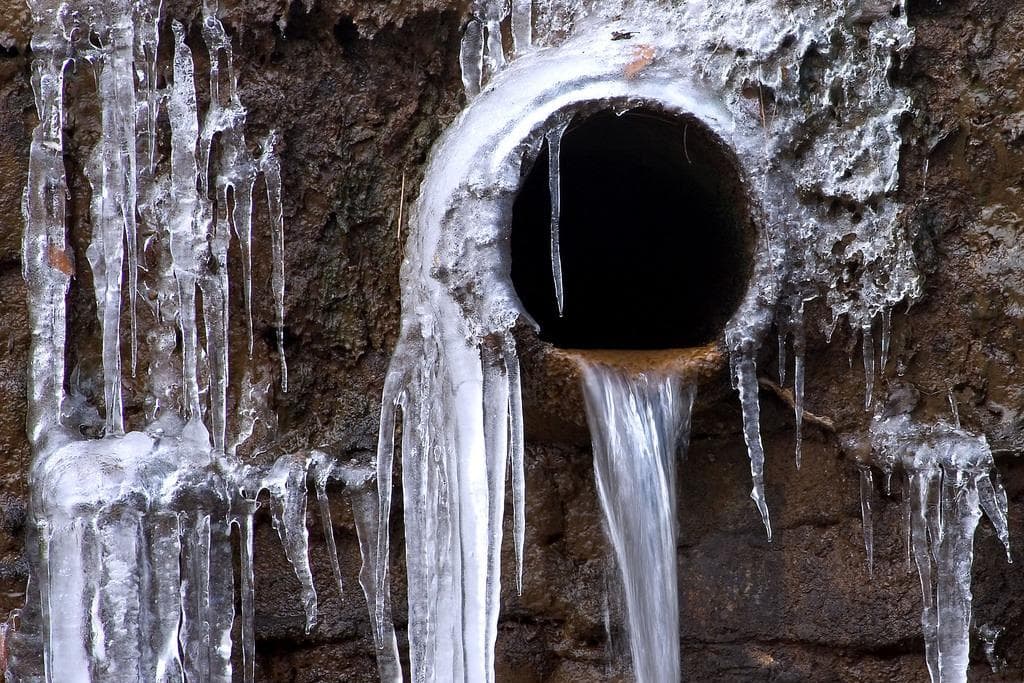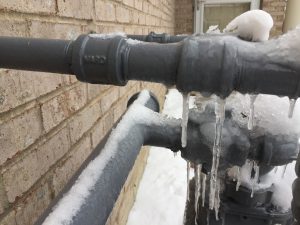Avoiding Your Pipes from Freezing: Top Strategies
Avoiding Your Pipes from Freezing: Top Strategies
Blog Article
How do you really feel on the subject of Prevent Frozen Pipes ?

Cold weather can wreak havoc on your pipes, especially by freezing pipelines. Right here's exactly how to stop it from happening and what to do if it does.
Introduction
As temperature levels drop, the threat of frozen pipelines boosts, possibly causing expensive repair services and water damage. Understanding just how to avoid icy pipelines is important for homeowners in cold environments.
Recognizing Frozen Pipelines
What creates pipelines to ice up?
Pipes freeze when exposed to temperature levels below 32 ° F (0 ° C) for expanded periods. As water inside the pipes freezes, it expands, putting pressure on the pipeline wall surfaces and potentially creating them to break.
Threats and damages
Icy pipelines can bring about supply of water interruptions, home damages, and pricey repairs. Burst pipes can flood homes and create substantial architectural damages.
Signs of Frozen Pipes
Recognizing icy pipelines early can avoid them from rupturing.
Exactly how to identify frozen pipelines
Seek decreased water flow from faucets, unusual odors or sounds from pipelines, and visible frost on subjected pipes.
Prevention Tips
Protecting susceptible pipelines
Wrap pipelines in insulation sleeves or utilize warm tape to shield them from freezing temperatures. Focus on pipes in unheated or outside areas of the home.
Heating methods
Keep indoor rooms properly heated, specifically locations with pipes. Open up closet doors to permit cozy air to circulate around pipes under sinks.
Safeguarding Exterior Plumbing
Garden hoses and outside faucets
Disconnect and drain pipes garden hoses prior to winter. Set up frost-proof faucets or cover exterior taps with insulated caps.
What to Do If Your Pipelines Freeze
Immediate activities to take
If you think icy pipes, keep taps open up to ease stress as the ice thaws. Utilize a hairdryer or towels soaked in warm water to thaw pipelines slowly.
Long-Term Solutions
Structural modifications
Consider rerouting pipelines far from outside walls or unheated locations. Include extra insulation to attic rooms, basements, and crawl spaces.
Upgrading insulation
Purchase premium insulation for pipelines, attics, and wall surfaces. Appropriate insulation aids keep regular temperatures and reduces the risk of icy pipes.
Conclusion
Avoiding icy pipelines needs positive steps and quick reactions. By comprehending the reasons, indications, and preventive measures, house owners can secure their plumbing throughout cold weather.
6 Proven Ways to Prevent Frozen Pipes and Protect Your Home
Disconnect and Drain Garden Hoses
Before winter arrives, start by disconnecting your garden hoses and draining any remaining water. Close the shut-off valves that supply outdoor hose bibs and leave the outdoor faucet open to allow any residual water to drain. For extra protection, consider using faucet covers throughout the colder months. It’s also important to drain water from any sprinkler supply lines following the manufacturer’s directions.
Insulate Exposed Pipes
Insulating your pipes is an effective way to prevent freezing. Pipe insulation is readily available at home improvement stores and is relatively inexpensive. Pay close attention to pipes in unheated areas such as the attic, basement, crawl spaces, or garage. Apply foam insulation generously to create a buffer against the cold. You can also wrap your pipes in heat tape or thermostat-controlled heat cables for added warmth.
Seal Air Leaks
Inspect your home for any cracks or openings that could let in cold air. Seal any holes around the piping in interior or exterior walls, as well as the sill plates where your home rests on its foundation. Additionally, make sure to keep your garage door closed unless you’re entering or exiting. Leaving it open creates a significant air leak that can lead to frozen pipes.
Allow Warm Air Circulation
During cold snaps, it’s essential to allow warm air to circulate evenly throughout your home. Leave interior doors ajar to promote better airflow. Open kitchen and bathroom cabinets to help distribute heat consistently around the rooms. If you have small children or pets, be sure to remove any household chemicals or potentially harmful cleaners from open cabinets for safety.
Let Faucets Drip
A small trickle of water can make a big difference in preventing ice formation inside your pipes. When temperatures drop significantly, start a drip of water from all faucets served by exposed pipes. This continuous flow helps prevent the water from freezing. Additionally, running a few faucets slightly can relieve pressure inside the pipes, reducing the chances of a rupture if the water inside does freeze.
https://choateshvac.com/6-proven-ways-to-prevent-frozen-pipes-and-protect-your-home/

I hope you liked our piece on How to prepare your home plumbing for winter weather. Thank you so much for taking a few minutes to read through our article. Are you aware of anybody else who is fascinated by Helpful Tips to Prevent Frozen Pipes this Winter? Take a moment to promote it. Thanks for your time invested reading it.
Call Today Report this page